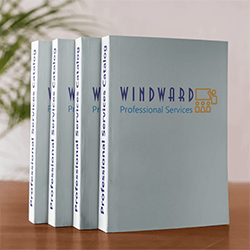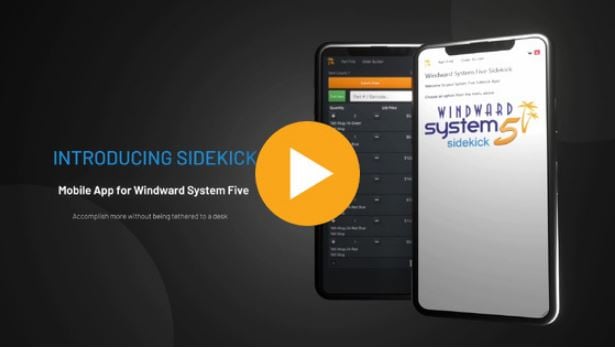Overview
Tariffs are fees paid to a government's customs division when importing goods you sell. They apply to the purchasing and receiving processes. Once enabled you can associate tariff codes along with a percentage rate. These codes can then be associated with inventory for future receiving reporting in System Five. This will make it easy to generate import documentation for inventory with tariff codes to provide your government authority.
How to enable Tariff Codes
- Select Setup Tools> Setup Wizard> Taxes> Tariff Codes to enable and load tariffs.
- Check the checkbox "Use tariff codes on inventory."

How to load Tariff Codes
- Select Setup Tools> Setup Wizard> Taxes> Tariff Codes to enable and load tariffs.
- Click the "Tariff Maintenance" button.
- Click the "Import Codes" button and select a CSV file which has a Tariff name and Rate.
- You can also add and edit the dates, codes and rates in the "Enter tariff codes" grid displayed.
⚠️Ensure you set the correct tariff date to the correct date that applies to when the rate comes into effect.

How to associate Tariff Codes with inventory
You can edit inventory and select the "Tariff Code" on the "Extra" tab for inventory that requires tariffs.

To bulk adjust inventory you can also perform a Data Load of inventory and import a "Tarrif code" column to associate tarrif rates with inventory.

How to print Tariff Codes on a purchase order or add stock
You can modify your Purchase Order and Receiving Report forms in the "Form Designer". Select the "Tariff" fields you want to print such as the Tariff code, rate and calculated duty fields based on the tariff percentage.
⚠️If you are setting tariff codes from a purchase order or Receiving Report, you must exit the purchase order and reload it as the rates are loaded when the purchase order or receiving report is opened. Also the date of the purchase will be used to select against the tariff rate percentage based on the date loaded.Note:


You may want to select the form option to "Sub total tariff duty charges". The printed output will show the total number of items received under that tariff, the subtotal cost and tariff values.





